32 well-known 'facts' that are actually complete myths
Well-known 'facts' sometimes turn out to be complete myths, but do you know which ones?


We hear many 'facts' that we are led to believe are true throughout our lives. Whether that's facts about our health or all sorts of weird and wonderful facts about events and people from world history, a lot of what has been said to us throughout our lives may be a slight exaggeration of the truth or just a complete fib!
But why is that? These myths never really have one source and can spread via many different means. From word of mouth to art and literature that spread in a time when fewer people had access to the type of information we have in the modern day, plenty of these ideas have held their 'truth' out of habit and the shared human experiences of events such as wars or industrialisation.
Some well-known 'facts' that have turned out to be complete myths include George Washington having wooden teeth and the idea that lightning never strikes twice in the same place.
So, we have brought together 32 well-known 'facts' that are actually complete myths for you to discover. We wonder how many of these you've heard or believed in your life...
32 well-known 'facts' that are actually complete myths
Marie Antoinette said “Let them eat cake!” to spite the poor

Upon being told that her subjects had no bread to eat, Marie Antoinette famously said “Let them eat cake!”. Or did she? According to many sources, there was never any proof that the French queen uttered these words. Where this bizarre phrase came from no one knows for sure, but there has been evidence to suggest it could be linked to 16th-century German folklore stories in which a noblewoman wonders why poor people simply couldn’t eat sweet bread. This phrase is clearly just a wider metaphor for the differences between the rich/ruling class and the wider public.
Drinking alcohol increases your body temperature

After a few glasses of wine, you often feel rather warm and flushed in the face, leading to the popular belief that drinking alcohol increases your body temperature. However, this is not really the case as it is actually the work of your blood vessels just below the skin opening up wider and as a result, more blood (and heat) flows into them. So while your skin will feel hot to the touch, your body is actually diverting blood and heat away from your body’s core, meaning important organs aren’t working as hard as they normally do. This is also why it's suggested to wrap up in cold weather when drinking, to protect our organs and body temperature from changing at a dangerous pace.
Dogs see in black and white

One widely spread myth about Man’s Best Friend is that they experience the world in black and white but that just isn’t true (though they won’t be able to tell us themselves, unfortunately). Dogs do have a limited understanding of colour when compared to humans (around 20%), but can definitely differentiate certain colours, namely yellow and blue. So the next time you throw your pooch a toy and they have a hard time finding it or don’t notice where it landed, it might be because it's a colour that they’re having a hard time seeing!
Sign up for the woman&home newsletter
Sign up to our free daily email for the latest royal and entertainment news, interesting opinion, expert advice on styling and beauty trends, and no-nonsense guides to the health and wellness questions you want answered.
The sun is yellow

For centuries, the sun has been depicted in art and literature as a big yellow ball spewing out heat and (of course) sustaining life for us here on Earth. However, while the sun is absolutely big and extremely hot, it turns out that the idea of it being yellow is a myth. According to the BBC, the sun appears yellow to human eyes due to the way Earth’s atmosphere scatters light, namely blue and red light. Blue light is scattered more effectively and thus our eyes perceive the sun as yellow rather than a bright, gleaming white.
Albert Einstein failed maths as a student

One of the cleverest minds of the 20th century, it has always been hard to believe that Albert Einstein was apparently not a very good maths student and had even failed maths class as a child. However, that has been proven to be a widespread ‘myth’, as Einstein was actually more reluctant to work despite his innate talent for maths, according to History.com. Einstein was said to be frustrated by the rigid rules and restrictions of his teachers and school as a whole and was alleged to have dismissed claims that he failed school classes and that by the age of 15, he had “mastered” two types of calculus.
A penny dropped from the Empire State Building could kill someone

For those that live in the city or near very tall buildings, have you ever wandered past and thought what if a penny was to hit me on the head and kill me instantly? This tale of a penny being dropped from the Empire State Building being strong enough to fatally injure someone is just that - a tale. According to the Scientific American, even when dropped from that height, a penny would feel like nothing more than an annoying flick to the head (if you were unlucky enough to be hit by one at that moment). Incredibly extreme environments would have to be stimulated for a falling penny to be a dangerous object, so no need to worry next time you walk past a skyscraper!
Toilets flush in different directions in the Southern Hemisphere

You would be forgiven for thinking that from years of word of mouth, toilets flush in a ‘counterclockwise’ way in countries like Australia in the Southern Hemisphere. This idea was even the plot of the famous episode of The Simpsons! This widespread belief is due to something called ‘The Coriolis effect’ in which objects move in the opposite direction in rotating objects due to the hemisphere. However, scientists have dispelled this myth by simply explaining that toilets are too small a rotating object for the Coriolis effect to actually happen…
Certain athletes can register their body parts as deadly weapons

There has been the claim that those possessing a black belt in martial arts or who are extremely talented at boxing can register their hands as lethal weapons. This possibility of having a deadly weapon registered to your own body can seem like an incredible and slightly scary thought and, well, it is actually a myth! There has been no registered way or method to register any body part as a dangerous weapon. This myth was likely to have been spread by those wanting to play a bit of a practical joke to scare their opponents.
Chameleons change colour to blend into their surroundings
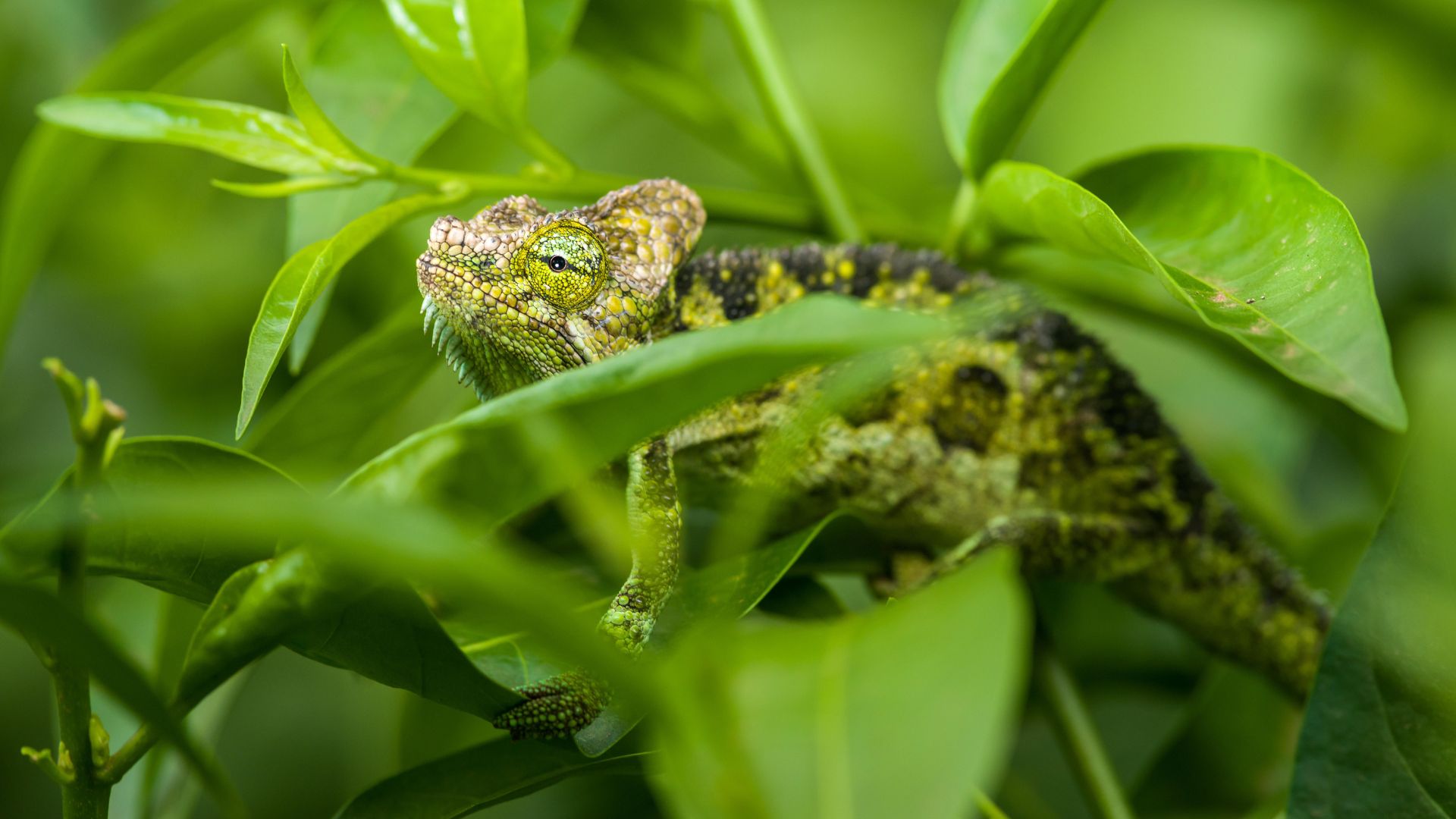
Chameleons are known for their mesmerising colour-changing abilities, and it is widely assumed that these changes are to ‘blend in’ with their environment and protect themselves from potential predators. However, this ‘fact’ has been widely misunderstood and it is actually due to changes in temperature, mood and as a method of communication! When a chameleon is relaxed, their cells are tightly packed to reflect shades of blue and green, while when they are threatened the cells become stretched out and reflect shades of red and yellow.
Napoleon Bonaparte was extremely short

Most depictions of Napoleon Bonaparte present him with one hand in his waistcoat - and very small. The idea that Napoleon was extremely small became so prevalent in culture that a purported condition called the ‘Napoleon Complex’ was named after him to explain that shorter males compensate for their height through domineering qualities. But, it is rather the case that Napoleon was actually of normal/slightly above average height for the time, around 5'6"! According to History.com, the myth that Napoleon was rather short apparently came from British cartoonist James Gillray, whose drawings were so well-known even Napoleon himself knew about them!
If you touch a baby bird, its mother will reject it
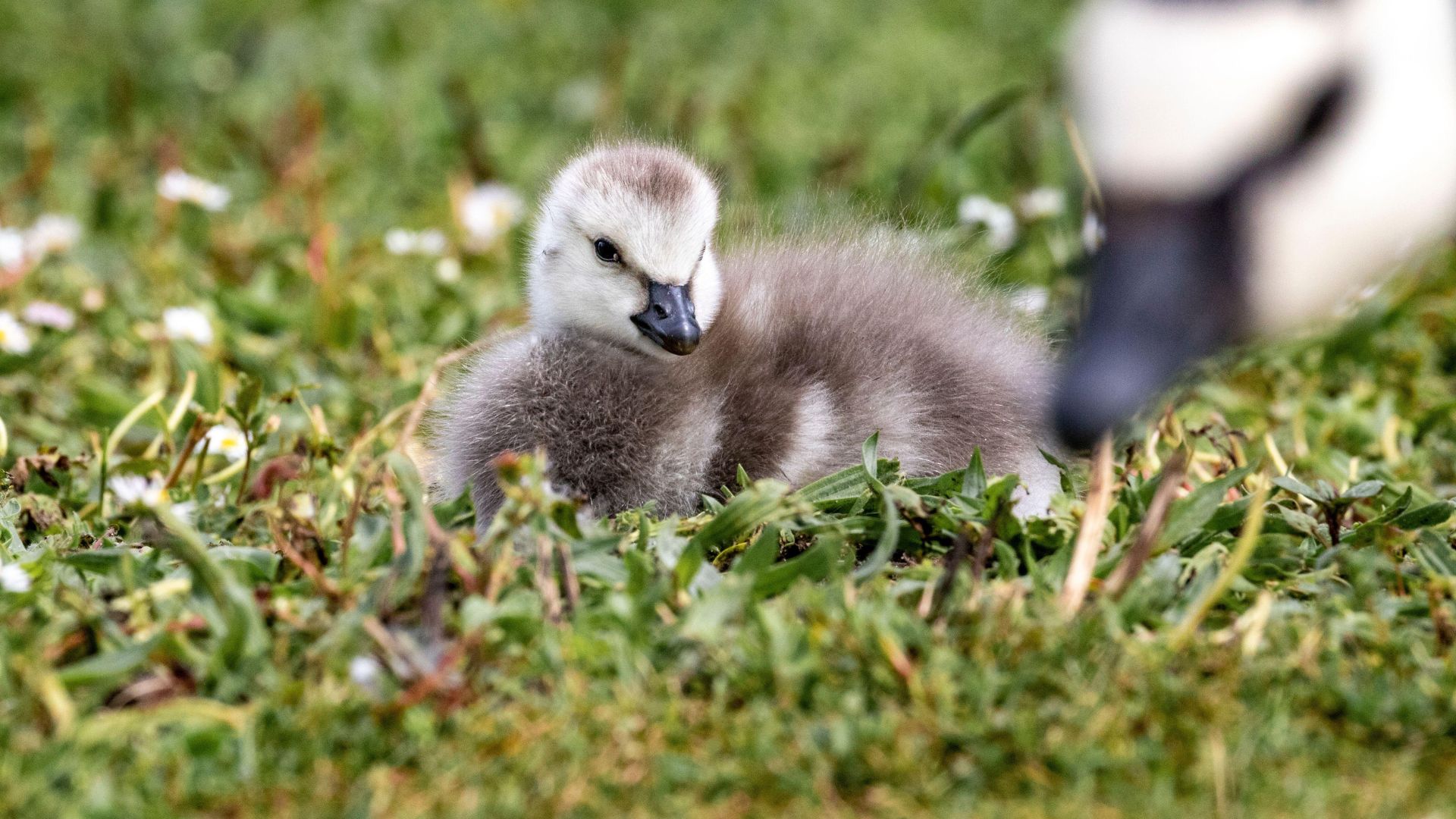
If you were to spot a baby chick looking lost and in need of some help, you would be forgiven for being worried about the fact that if you help it, its mother could reject it due to smelling humans on its feathers. However, Scientific American reports that birds do not readily abandon their young, especially in response to human touch. It is rather the case that birds have a limited sense of smell and are unlikely to notice the smell of humans in their young. However, it is of course advised to not go meddling with birds and their nests unless it is really necessary!
You lose most of your body heat through your head

You may recall that before heading out to play in the snow in the winter months someone would insist on you wearing a hat because “We lose most of our body heat through our heads!”. In reality, this ‘fact’ was actually proved to be a myth by scientists, who explained that the ‘idea’ originated from 1970s US military survival guides, according to The Guardian. However, it is true that the head, chest and face are definitely more sensitive to heat loss, which is why bundling up in cold weather protects them better.
It takes seven years for chewing gum to digest in the body

Most people have had the misfortune of accidentally swallowing a piece of chewing gum once or twice in their life. An almost instant panic spreads over us thinking that we’re going to have that piece of gum lodged somewhere in our stomachs for seven years. Fear not, as this ‘fact’ is actually just one big myth and is extremely unlikely to happen. According to Healthline, the body is unable to digest a synthetic product like chewing gum and instead, it will quickly be passed through our digestive system via, well, you know how. And while it may take longer for gum to pass through us because of its properties, it generally takes a few days and certainly not seven years!
You’ll get cramps if you go swimming right after you eat
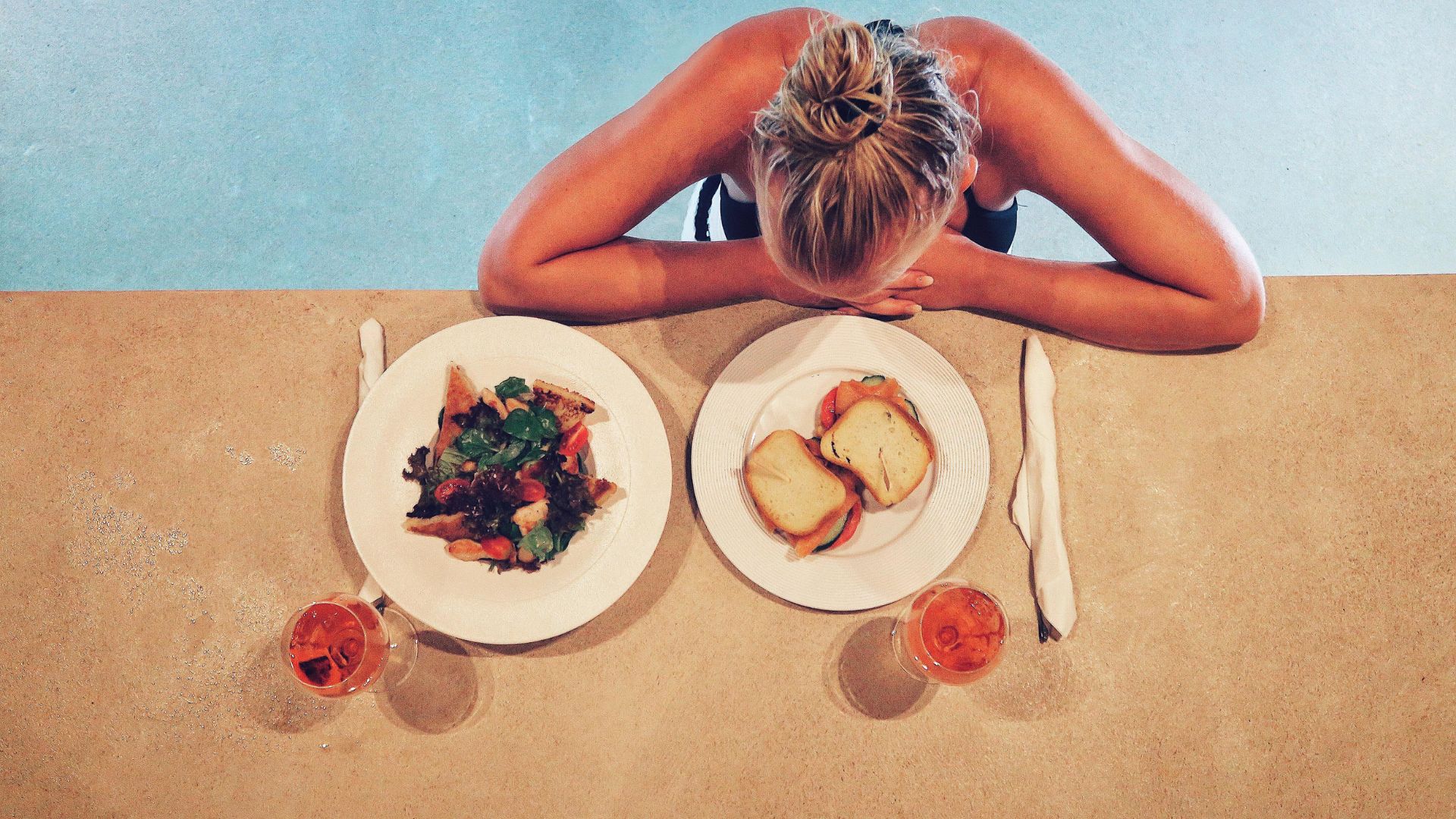
Growing up, you were probably told that it is a no-go to get into the sea or swimming pool after eating and that you should wait at least an hour before splashing about once again because of nausea and cramps. But, this ‘idea’ has little evidence of its proof other than the simple fact that exercising diverts blood flow away from the digestive area and makes food be processed more slowly and could cause some discomfort, according to the BBC. However, these responses to meals and cramps/ nausea have generally been tested on long-distance athletes, so for the odd day in the water, common sense is all that needs to be used!
Bats are blind

Bats have often had the stereotype that they have notoriously bad vision and therefore rely on their incredible sense of hearing to help them fly around and feed. However, this animal ‘fact’ has actually been proven to be a myth based purely on the fact that bats have relatively small and sensitive eyes and are assumed to not have good vision. According to Britannica, bats have the ability to see in conditions that humans would perceive to be pitch black, and while they may not have totally sharp, colourful sight, they don’t really need it anyway!
Shaving makes hair grow back thicker, darker and more quickly

For those of us who shave, we have often been warned against it due to it apparently making our hair grow back not only darker but also thicker and more quickly. However, this was widely disproven to be a myth in 1928 as there has been no proven scientific link to this method of hair removal affecting the rate or thickness of hair. According to the National Library of Medicine, shaving only removes the dead part of the hair follicle and therefore is unlikely to change the growth. It is also the case that new hair can appear darker because it hasn’t been exposed to light or chemicals like cream or sweat.
We only use 10% of our brains

Our brains are fascinating. From skills like driving and learning new languages to composing symphonies, your brain is at the core of everything you do. However, there has been a long-standing ‘idea’ that humans roughly use 10% of our entire brain power. It has become so widely believed it was even the theme of the 2014 film Lucy starring Scarlett Johannson. But that simply isn’t the case, and according to the Scientific American, at any given time we are active, we actually use “virtually every part of our brain”. Even whilst sleeping, it is said that your brain (the frontal cortex, specifically) is still ticking over to keep you safe whilst snoozing by ensuring unconscious activities like breathing are still occurring.
Bulls are enraged by the colour red

The Spanish tradition of Matadors waving red capes to anger bulls and make them charge at them is generally considered to be the case because the colour red provokes them. However, this long-standing belief is actually not true and it is rather the manic movement of the cape that angers the bull and makes it charge. According to Live Science magazine, bulls are actually colour-blind to red and green, so it's impossible for them to see the colour. Their attention is instead caught by the patterns of movement and perhaps the loud noises of those in the arena watching this controversial pastime take place.
Lightning never strikes twice in the same place

It has often been said that lightning never strikes twice in the same place, and for whatever reason, most people take that at face value. Interestingly enough, this widely believed ‘fact’ is actually a complete myth! According to The National Oceanic and Atmospheric Administration, it is completely possible (and likely!) for lightning to strike the same place, especially during longer thunderstorms and if an object is taller and isolated, like the Empire State Building, which is hit on average by lightning 25 times a year. We can only imagine the incredible views over the New York skyline when that happens!
The Vikings wore horned helmets

When you think of Vikings, images of warships and horned helmets instantly spring to mind. But, it is actually not true that these ancient warriors wore horned helmets during their existence and alleged Viking ‘helmets’ actually come from the Bronze Age civilisation that predates Vikings altogether! While Vikings were likely to have worn helmets for protection in battle (of course), the idea that they had horns on them is likely to have come from 19th-century Scandinavian artists who popularised the portrayal of horns on hats.
The tongue has specific regions for tasting different flavours
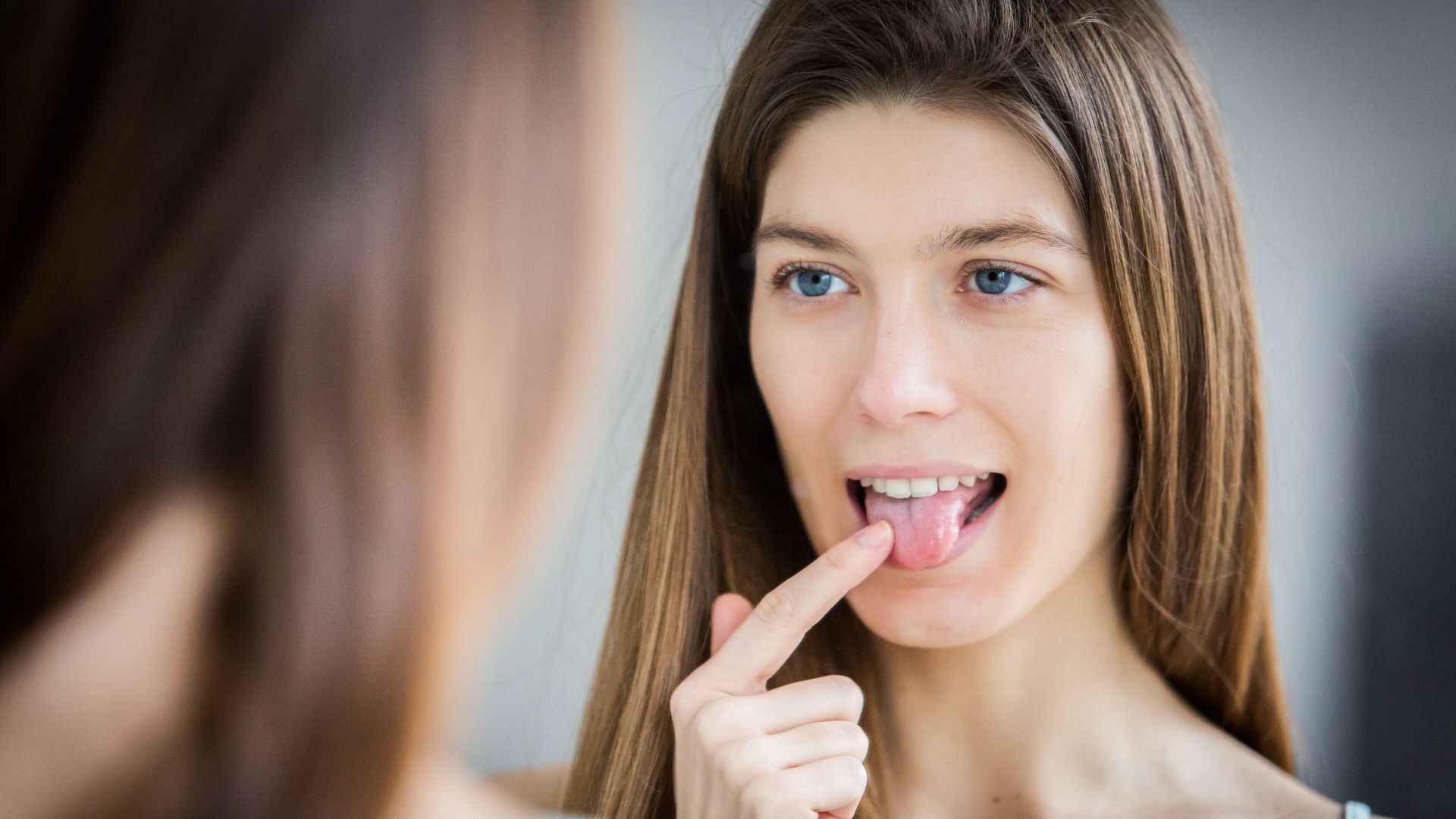
We often feel that when we eat food that is salty or sweet, different parts of our tongues register different flavours. However, all taste sensations (including umami) can be detected by all parts of the tongue, according to the Smithsonian Magazine. This modern myth originates from the 1901 ‘map’ drawn by a German scientist relating to an experiment about taste receptors. While it is true that the edges and side of the tongue are more sensitive to tastes because of sensory organs, on the whole, the flavours you taste are registered all over your mouth!
The Great Wall of China is visible from space

The Great Wall of China is an iconic world landmark built to fortify and protect China’s northern border and roughly adds up to 13,000 miles overall. So you would be forgiven for thinking its length would make it pretty visible from far away, and even from outer space. But, unfortunately, that’s just a myth! While, yes, it is true that at low space (around 180 miles up) NASA has captured it, it has also been proven that you can see regular highways, bridges and part of certain buildings as well. But, once you get to the distance most astronauts get to, it can only be captured in radar images and never by the naked eye or high-quality photographs.
Goldfish have a three-second memory
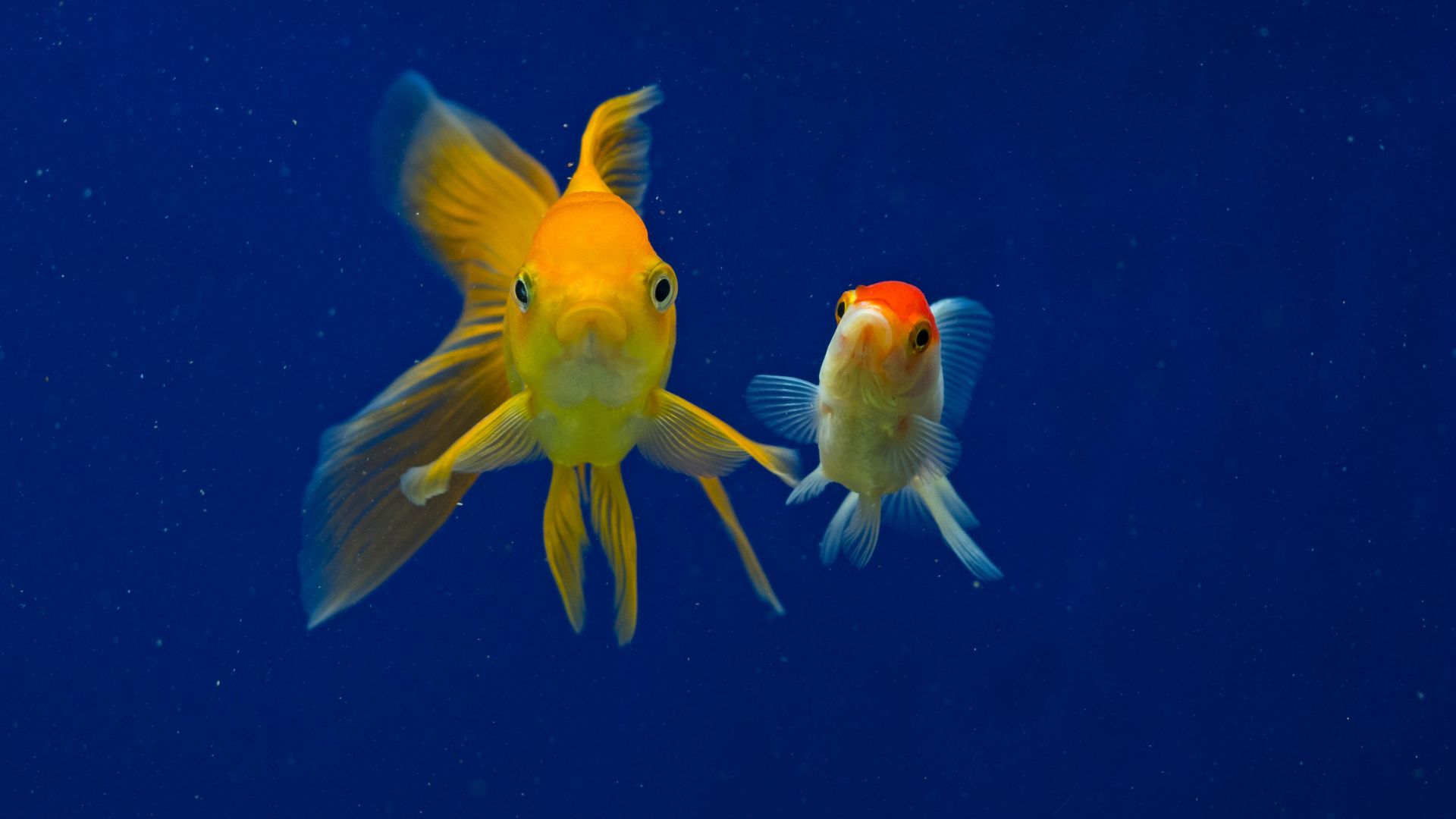
You have no doubt heard the reply someone will use when they forget something; “I have the memory of a goldfish!”. This refers to the ‘idea’ that goldfish have extremely short memories, apparently three seconds long! According to the Royal Society of Biology, the poor goldfish has gotten a bad rap for its memory capabilities and actually has a much better memory than three seconds. It has been widely documented that fish are able to remember things such as feeding locations and the likelihood of winning a fight from ‘mental’ maps and recalling memories from past experiences!
Humans evolved from monkeys
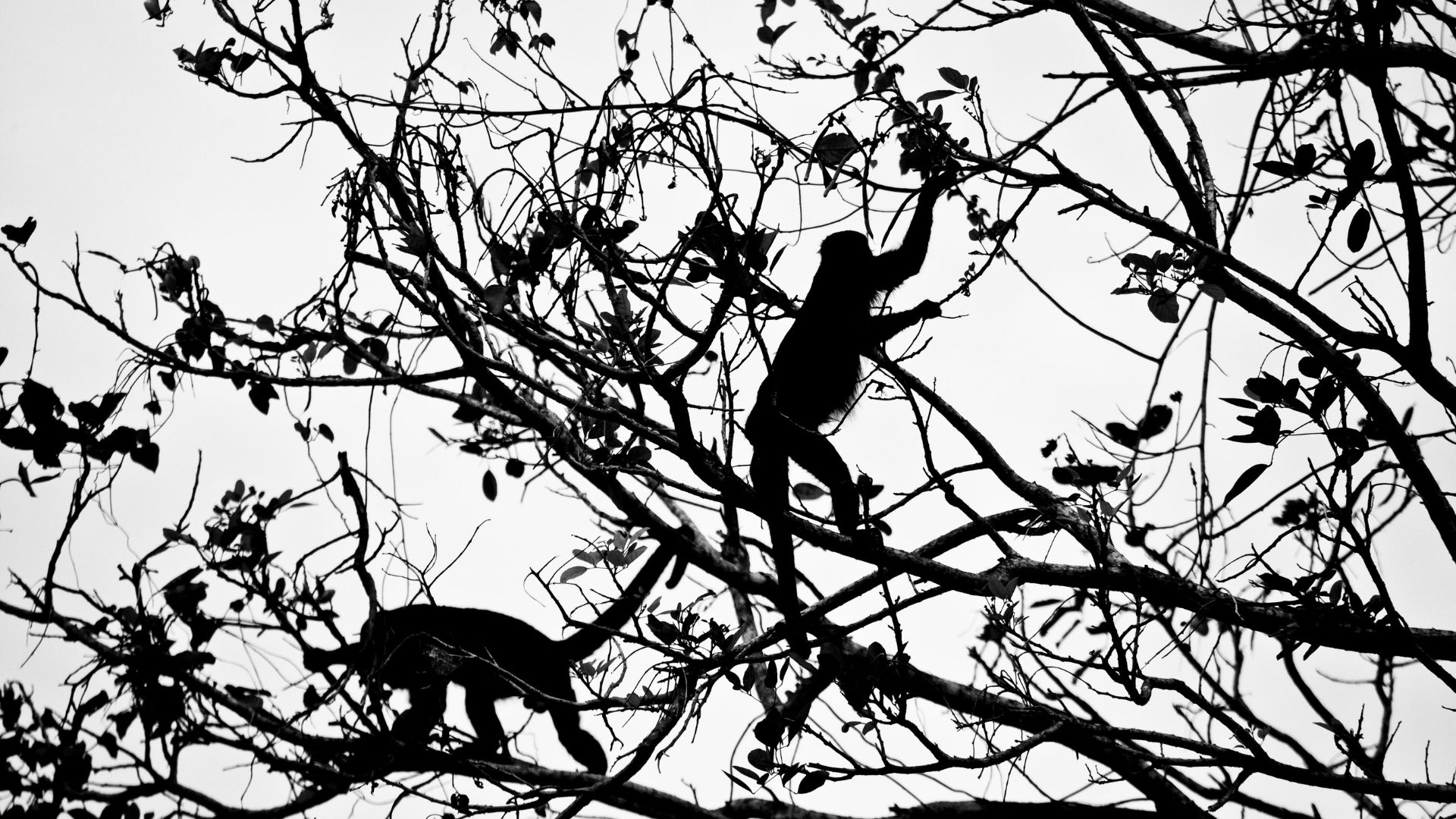
While it is widely understood that humans and monkeys are incredibly similar, it is a myth that we are descended from them or any other primate that is alive today. What humans and monkeys do share, however, is a common ape ancestor in chimpanzees. That shared ancestor lived between six to eight million years ago, according to the Smithsonian National Museum of Natural History but we have evolved separately from that same ancestor. However, all apes and monkeys share an even more distant relative that lived 25 million years ago.
George Washington had wooden teeth

While it doesn’t look obvious in paintings, it was widely believed that George Washington had wooden teeth. However, it has been proven that the first President of the United States did not, in fact, have wooden teeth at all and it is rather that the teeth looked wooden because they were so stained. The teeth were actually made of a mix of ivory, gold and lead (a terrible idea, of course) as well as a mixture of human and animal teeth. The origin of this myth remains unclear, but what is true is that at one point, the President made his own dentures to assist with his numerous dental problems.
Dropped food is safe to eat if you pick it up within five seconds
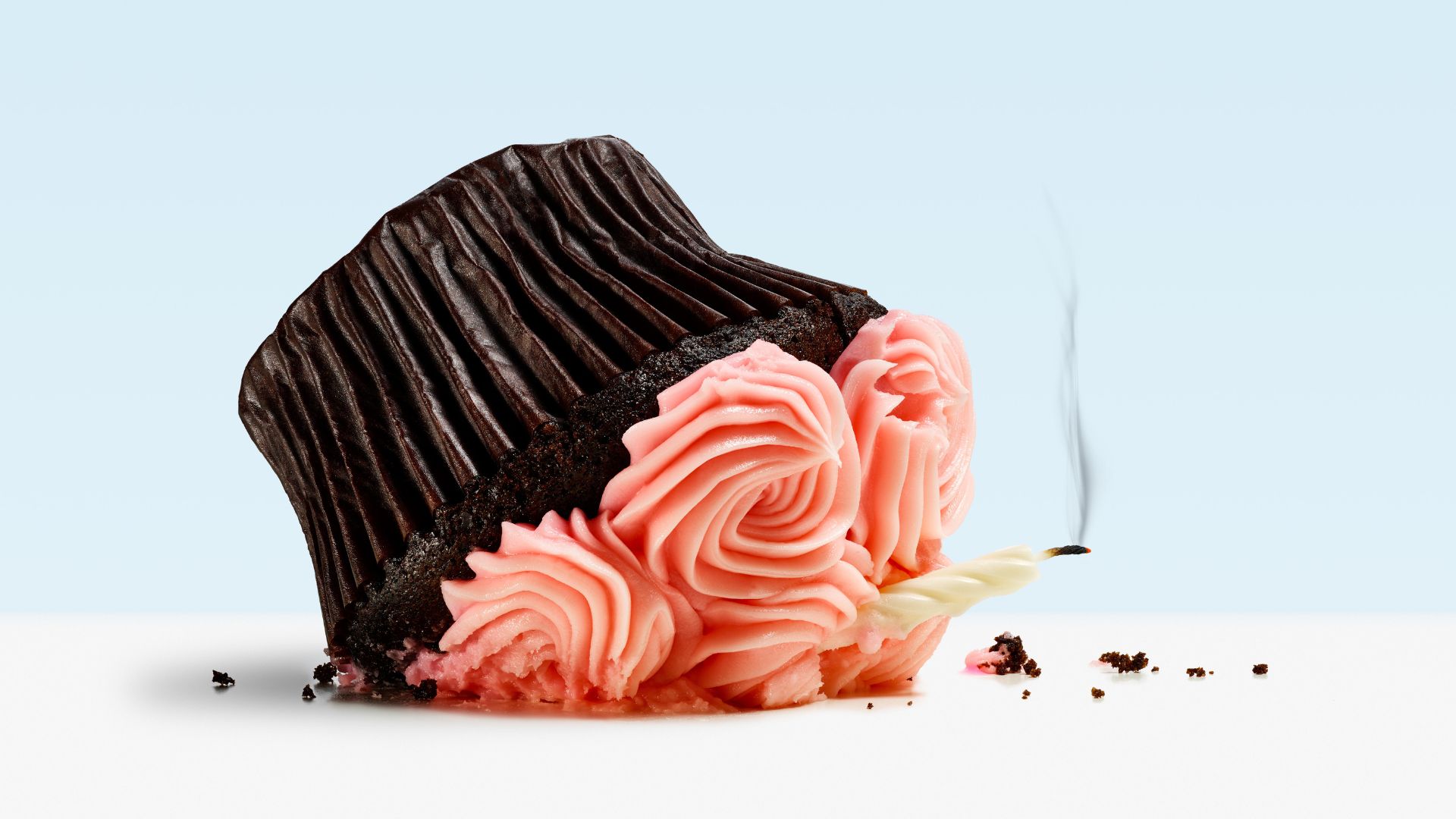
A very common ‘fact’ known all over the world is the ‘five-second rule’ in which food that has dropped on the floor is ‘safe’ to pick up and eat if it is done within a window of five seconds. Unfortunately, this is a complete myth! Multiple studies have been done on food dropped onto surfaces for different amounts of time to observe the number of bacteria on the item to reveal that within seconds (and in some cases, milliseconds) food was present with substantial amounts of bacteria. While it is often unlikely that eating a dropped food item will make you really unwell, it generally is advised to exercise caution when doing so.
Hair and fingernails continue to grow after death

While it certainly is true that a person’s hair and nails look longer after passing away, this is not because of the myth that they are actively continuing to grow. Rather, this is the case because the skin around hands and hair begins to retract and therefore shrink from dehydration. This ultimately gives the illusion of growth and has given many people the impression that the body’s functions are still working. Once the heart stops working, brain and nerve cells begin to die at an almost instant rate, so it would be almost impossible for the cells to keep working and carrying out living functions.
Eating carrots improves your night vision

This age-old 'idea' originated in World War Two, when the UK Government's Food Ministry came up with the idea to encourage people to assist with spotting German Luftwaffe planes at night that were bombing the country. Obviously, vegetables are good for you and your bodily functions such as sight and in the case of carrots, they are rich in vitamin A which is a key component of good eyesight. So while technically, yes, carrots support healthy eyesight, they do not improve vision in complete darkness and will only make a more tangible difference to someone with a severe vitamin A deficiency.
You eat eight spiders a year while sleeping

Arachnophobic or otherwise, it is a pretty creepy thought to imagine that on average, humans ingest eight spiders a year while they sleep. But, not to worry, as this ‘fact’ has been proved to be a myth, according to the Scientific American. While some people have extreme fears of spiders, spiders generally have little interest in us and are far more happy to spend time hiding in dark corners of cupboards and under the stairs or hunting for food in small crevices humans don’t really interact with. So you can sleep easier now knowing there never were any late-night arachnid snacks while you snoozed…
You can catch a cold by going outside in cold weather

It is a widespread ‘fact’ that we need to dress up warm in the winter to avoid catching a cold and spending the best part of a week with a blocked nose, sore throat and generally feeling exhausted all the time. But, it has actually been explained that being exposed to cold weather alone doesn’t make us ill. What makes us ill, rather, is the fact that cold weather can exacerbate or increase our chances of becoming ill, which is why colds and flu are more common in cold weather. It is also the case that exposure to viruses gives us colds, so cold weather can affect how the virus enters our body. But it’s still advisable to wrap up regardless!
Ostriches bury their heads in the sand

“Stop burying your head in the sand” is a phrase that is often thrown about, basically meaning in the face of a problem or issue, you are hiding from or avoiding it. This phrase likely stems from the idea that ostriches bury their heads in sand, but this animal fact is a complete myth! The reason why ostriches often appear as if they are putting their head in the sand is actually to check in on their nest periodically throughout the day to make sure any potential eggs that they have carefully placed in little holes are protected, according to National Geographic.
Cracking your knuckles/ fingers causes arthritis
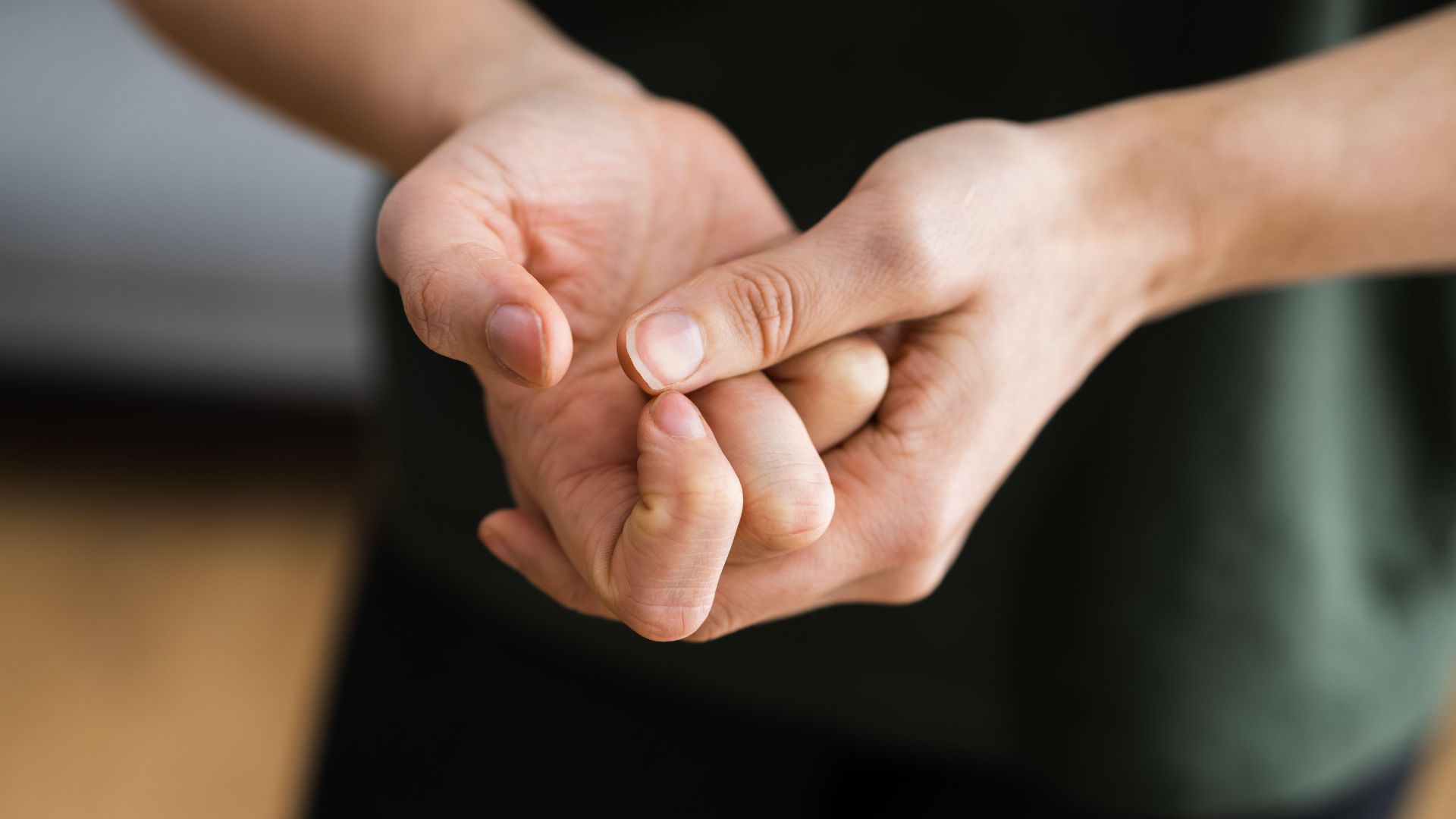
Most people land in two categories when it comes to cracking knuckles: either you do it, or you hate it and warn those who do it that they’ll end up with arthritis. However, this idea around the habit of cracking knuckles and joints has had no proof to suggest that it will cause health problems like arthritis. According to Harvard Health, the ‘popping’ sound actually comes from bubbles of synovial fluid that lubricate joints and help them move. While this has been proven to be a myth, habitual knuckle poppers are advised to kick the habit anyway due to potential long-term effects like reduced mobility and strength.
Elena Kiratzi is a freelance writer from London, who covers everything from beauty and fashion to travel and the importance of discussing the issues facing women today. Elena began her career in journalism by completing a course on the media and creative industry with the Media Trust, which led to her to write for Red Magazine where she interviewed her own Mum about the topic of menopause awareness. She then went on to complete a digital internship with the team at woman&home and cultivated a passion for lifestyle and culture writing.
When she's not planning her next big adventure or playing with her cats, she's always on the hunt for the next exciting product launch to attend or scrolling Pinterest for inspiration to create her next moodboard
-
 We're in awe of Sienna Miller's easy-going and 'piece-y' hairstyle and how perfect it is for spring
We're in awe of Sienna Miller's easy-going and 'piece-y' hairstyle and how perfect it is for springThis laid-back hairstyle is - quite literally - making waves this season
By Naomi Jamieson
-
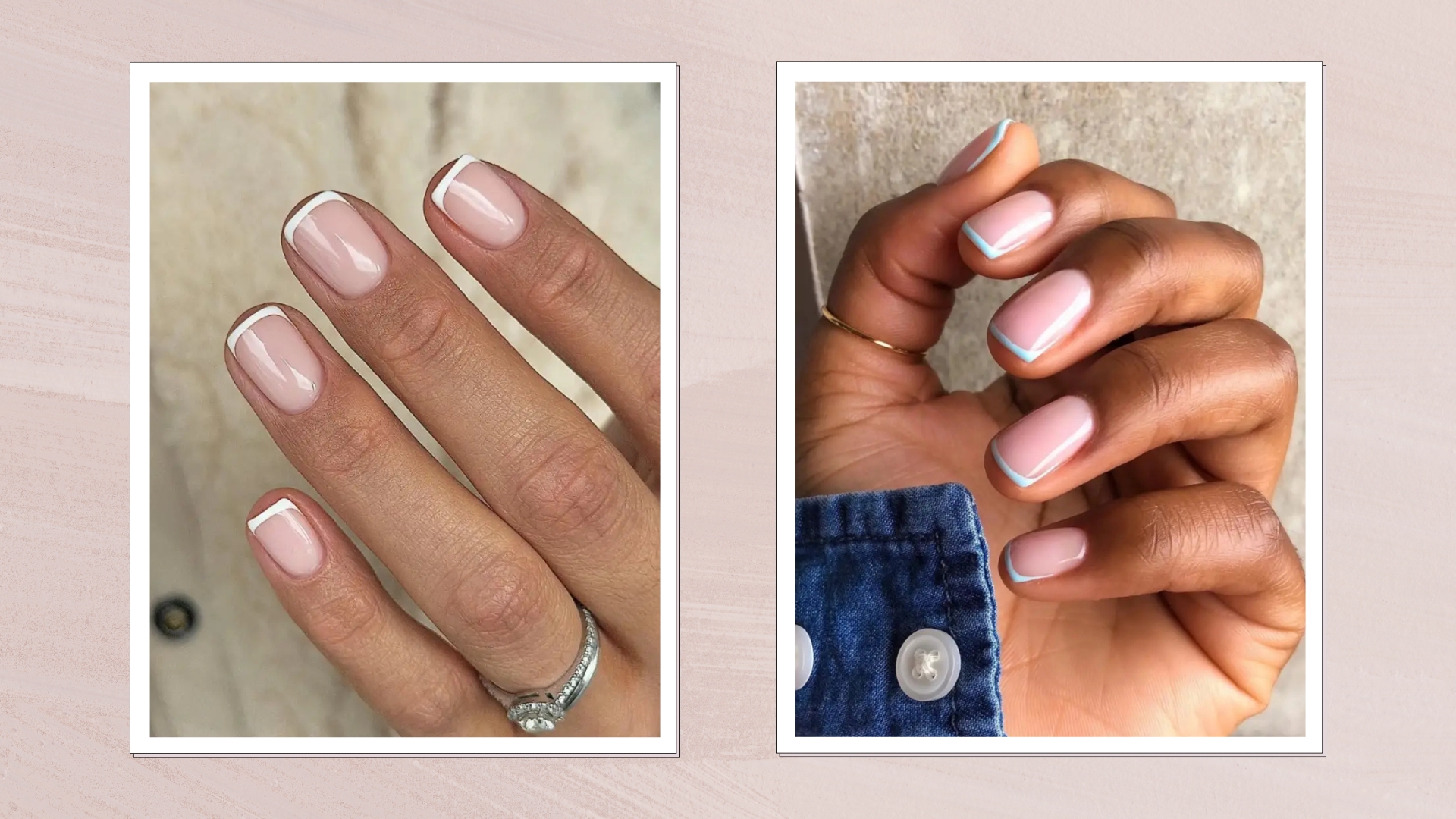 We never thought we'd see this 'dated' manicure make a chic comeback, but here it is - and we're on board
We never thought we'd see this 'dated' manicure make a chic comeback, but here it is - and we're on boardClean and angular, short square French tips are a go-to this season for a practical but stylish manicure...
By Naomi Jamieson